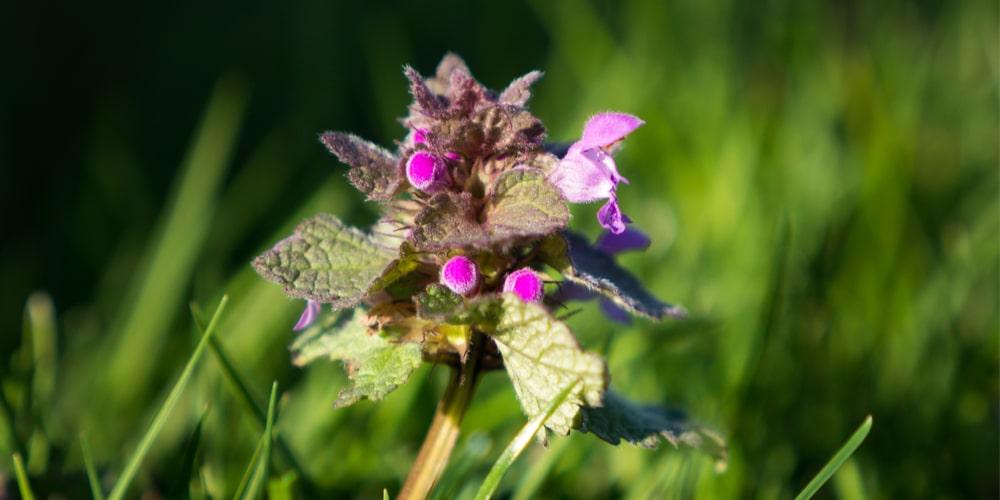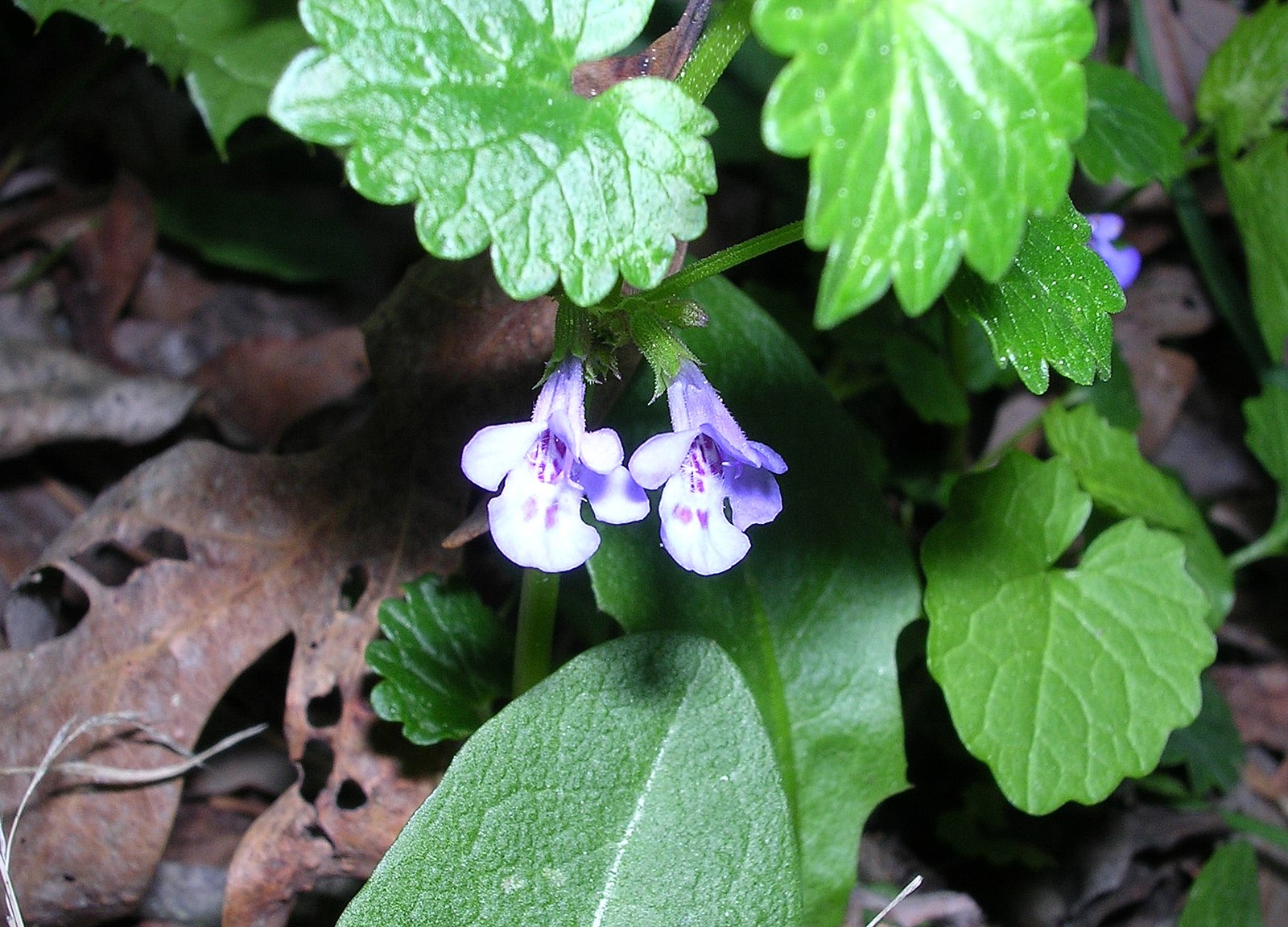Dealing with weeds is a never-ending battle for most gardeners. While there are some that are easy enough to pull up and get rid of, others seem to just keep coming back, no matter what you do. Creeping Charlie is among the list of weeds that are tough to get rid of. They seem to sprout out of nowhere and can quickly take over your garden.
Creeping Charlie, also known as ground ivy, is a fast-growing plant that can spread rapidly and become invasive. Its round or heart-shaped leaves have scalloped edges and can range in color from dark green to purple. The flowers are small and blue or lavender in color.
However, you may have noticed that they seem to disappear come winter. So, what happens to them? Do they die in the winter, or do they just go dormant?
Does Creeping Charlie Die in Winter?
Creeping Charlies, ground ivy, or Glechoma hederacea, no matter how you call it, are nothing but invasive weeds. They are classified as evergreen perennials and usually die in the winter.
However, that doesn’t mean that they are completely dead. The roots of the plant remain alive and can quickly regrow when the conditions are right.
Its ideal growing temperatures are between 65 and 80 degrees Fahrenheit. When the temperature starts below 65 in the fall, it signals to the plant that winter is coming, and it’s time to start dying back. The leaves will turn brown and die, but the roots remain alive underground.
They get their name from the creeping stems that can grow up to three feet long. These stems are what enable the plant to quickly spread and take over an area. Aside from these stems beneath the ground, this weed can easily multiply through seeds, which can remain viable for up to five years.
How to Get Rid of Creeping Charlie
While they may seem like they die in the winter, it’s best not to take any chances. Even if you have a small amount of the plant in your garden, it can quickly spread and take over.
Don’t be fooled by their innocent-looking and fuzzy leaves. Leaving a few of these plants in your garden will only give them a chance to return even stronger. Despite them being resilient and difficult to kill, there are a few things you can do to get rid of creeping Charlie.
Hand-Pulling Method
If these weeds find their way near edible plants, hand-pulling is the best method to use. This is because you don’t want any chemicals near the food that you are going to eat. It may take some time, but it’s worth it to know that your food is safe.
To hand-pull creeping Charlie, wait until after a rain when the ground is soft. You will then be able to pull up the plant, along with the roots. Be sure to dispose of them in a trash bag, so they don’t have a chance to spread.
You can also use a hoe or spade to dig up the plants. This method is best used in larger areas that are infested with these weeds.
Herbicides
If these weeds take up a large patch in your garden, you may need to resort to herbicides. You can use non-selective herbicides; however, take note that they will kill any plant they come in contact with. This includes your lawn and other plants in your garden.
Alternatively, a selective herbicide such as triclopyr can be used. This takes care of the infestation without you having to worry about killing other plants. During the winter, you can apply a pre-emergent herbicide to prevent these weeds from germinating in the spring and another application of herbicide in the fall to kill any that may have escaped the pre-emergent.
Does Creeping Charlie Die in Winter: Final Thoughts
While these plants may seem like they die in the winter, it’s best to take precautions and get rid of them before they have a chance to come back. Moreover, practice proper disposal techniques to prevent them from spreading.

